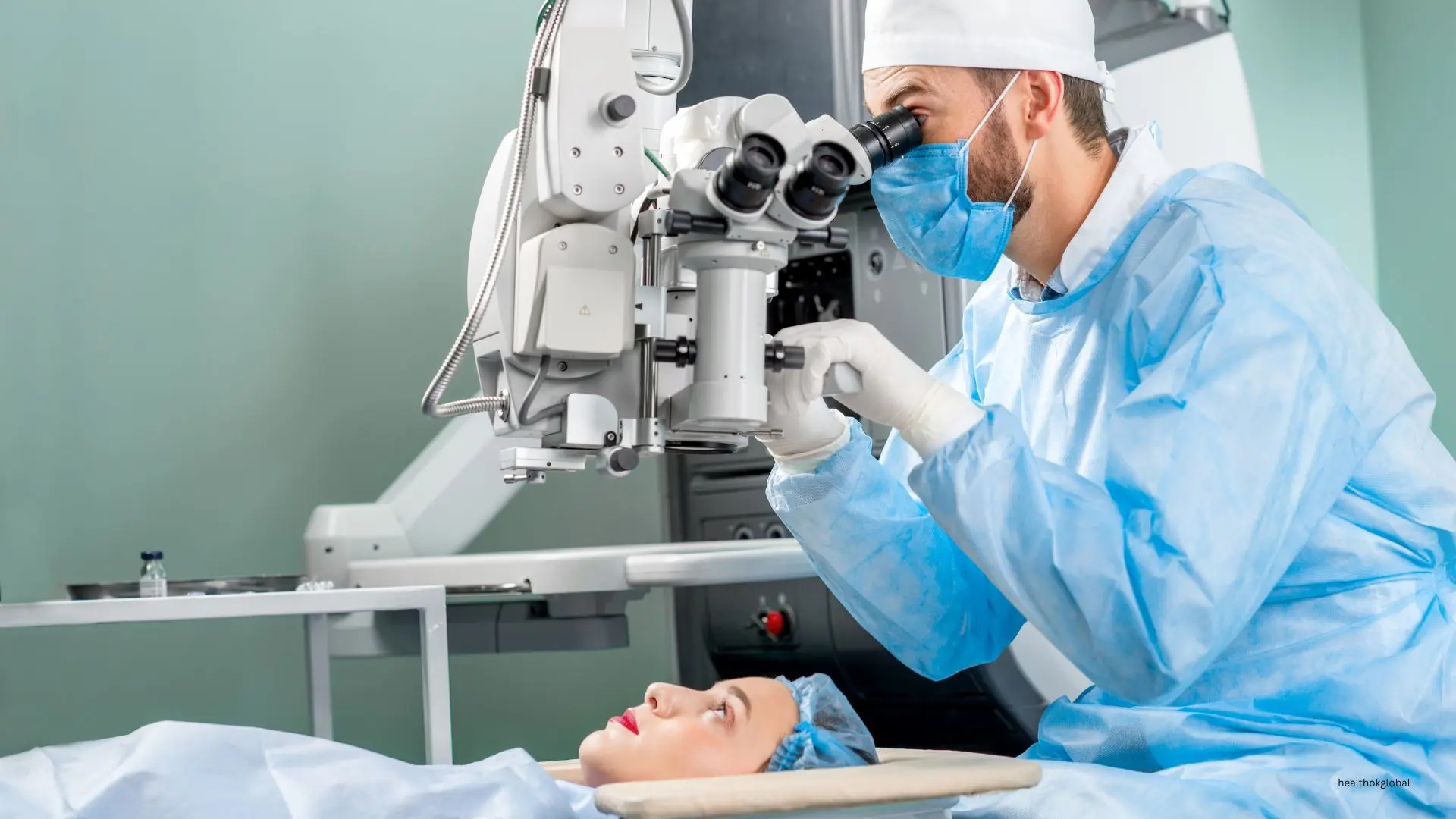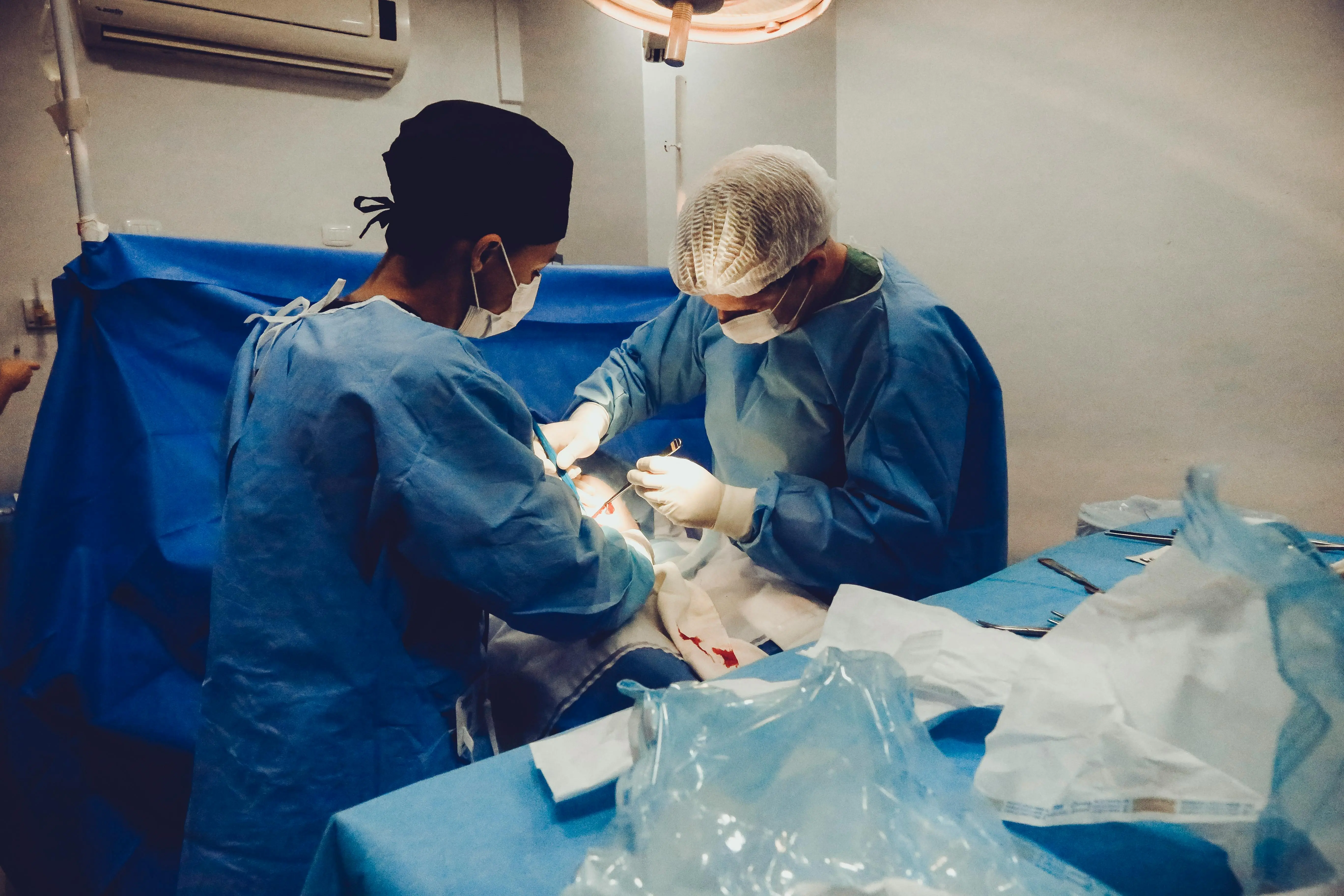Cataract surgery is a proven method to restore clear vision by replacing the cloudy lens with an intraocular lens (IOL). Learn the types and techniques involved.

Blog
Types of Cataract Surgery: Techniques and Benefits
Cataracts remain one of the leading causes of visual impairment globally. According to the WHO, cataracts contribute to nearly 51% of world blindness, affecting over 20 million people. Cataract surgery—a procedure that replaces the cloudy natural lens with a clear artificial intraocular lens (IOL)—has restored vision for millions. With various surgical techniques now available, patients and families must understand the differences to make informed decisions. This detailed guide explores all major types of cataract surgery, their techniques, benefits, and considerations.
Phacoemulsification is the most commonly performed cataract surgery worldwide. The procedure uses ultrasonic waves to emulsify (break up) the cloudy lens. A small corneal incision allows the fragments to be removed, followed by implantation of an IOL. This minimally invasive method is especially suited for patients with early to moderate cataracts.
Only a 2.2–2.8 mm incision is made, ensuring minimal tissue trauma.
Most patients resume daily activities within 1–2 days post-surgery.
This technique is widely available across India, including tier-2 and tier-3 cities.
ECCE involves removing the cataract-affected lens in one piece through a larger incision while preserving the posterior capsule. Though less common today, ECCE is still relevant in rural setups or for treating very dense cataracts.
ECCE is often the method of choice when the lens is too hard for phacoemulsification.
Preserving the capsule provides stability for IOL placement.
ECCE is a cost-effective alternative in low-resource settings.
ICCE is an outdated technique where both the lens and surrounding capsule are removed. The procedure requires a large incision and is rarely used today—except in trauma cases or for posterior subcapsular cataract complications.
Used only when other techniques cannot be applied, especially post-injury.
An anterior chamber IOL is used instead of a posterior chamber lens.
Also known as femtosecond laser-assisted cataract surgery (FLACS), this advanced method uses laser technology for corneal incisions and lens fragmentation. Though more expensive, it’s ideal for premium lens implantations or those desiring customized vision correction.
The laser can make exact incisions, improving surgical outcomes.
More accurate capsulotomy may lower risks like posterior capsular rupture.
Enables toric or multifocal IOL placement with optimal alignment.
MICS involves creating micro-incisions (≤2.2 mm) that are self-sealing and do not require sutures. It is an evolution of phacoemulsification with a focus on reducing surgical trauma.
Incisions heal naturally, reducing recovery time and infection risk.
Patients experience minimal post-operative irritation or astigmatism.
Clear vision often returns within 24 hours.
In addition to surgical techniques, the choice of IOL significantly affects visual outcomes. Multifocal and toric IOLs are premium options designed to reduce dependence on glasses.
Provide near, intermediate, and distance vision correction—ideal for lifestyle flexibility.
Correct pre-existing astigmatism for clearer distance vision without glasses.
Greater freedom from spectacles improves post-surgery satisfaction.
Success in cataract surgery depends on both the surgical method and adherence to post-operative care. Here are key aspects:
Antibiotic and anti-inflammatory drops must be used regularly for 2–4 weeks.
Avoid excessive screen usage in the initial days to prevent eye strain.
Wear protective glasses and avoid rubbing the eyes for at least a month.
Mr. Ramesh, a 68-year-old diabetic, was diagnosed with a posterior subcapsular cataract and early glaucoma. Given the dense nature of the cataract, his surgeon opted for ECCE. The post-surgical recovery was carefully monitored. Within two weeks, Mr. Ramesh regained 90% of his vision. He now follows up regularly and manages his eye health proactively using guides like how to manage sore eyes.
Not all cataract cases are the same. Here are some factors to consider when selecting the right technique and IOL:
Advanced cataracts may require ECCE or ICCE over phacoemulsification.
Laser and premium lenses come at higher costs, while conventional surgery is more affordable.
Active individuals may benefit from multifocal lenses, while others prefer distance clarity.
Diabetes, glaucoma, or dry eyes can impact healing. Choose a technique suited to your overall eye health.
Phacoemulsification is the most popular due to its safety, quick recovery, and wide availability.
Laser-assisted surgery offers greater precision but may not be necessary for every patient.
Most patients resume normal activities within 1–2 weeks, though vision may stabilize over a month.
As with any surgery, risks include infection, inflammation, and retinal detachment—but they are rare with modern techniques.
Modern cataract surgery is safe, customizable, and life-enhancing. By understanding the various techniques—from phaco to laser to ECCE—you can work with your ophthalmologist to select the best option for your eyes. Always prioritize post-surgery care, follow medical advice, and attend follow-ups to ensure long-term clarity and eye health.
HealthOK Global provides expert insights and preventive wellness guidance. For personalized tips or free consultations, reach out to our 24 x 7 Helpline via WhatsApp.
Laser-assisted surgery offers greater precision but may not be necessary for every patient.
Most patients resume normal activities within 1–2 weeks, though vision may stabilize over a month.
As with any surgery, risks include infection, inflammation, and retinal detachment—but they are rare with modern techniques.
Need Personalized Health Guidance?
Get expert advice tailored to your specific health needs from our qualified healthcare professionals.





